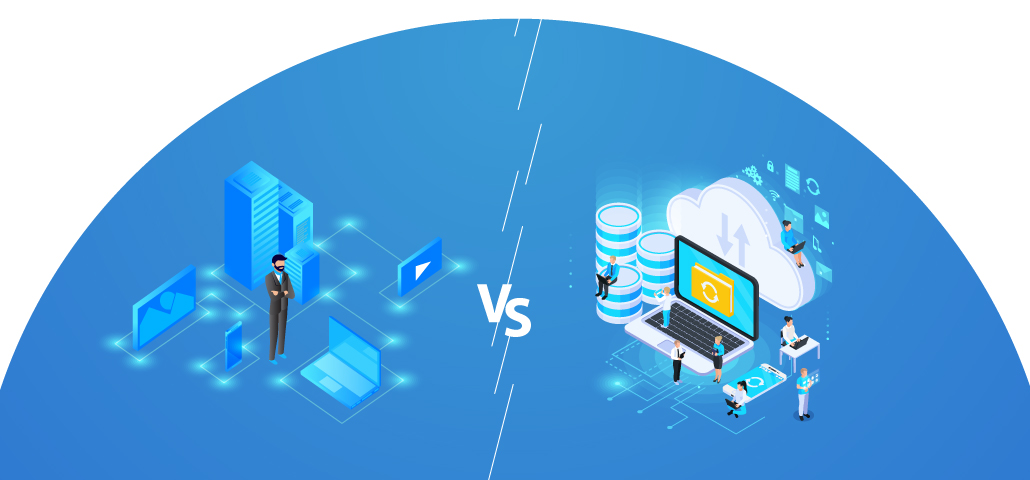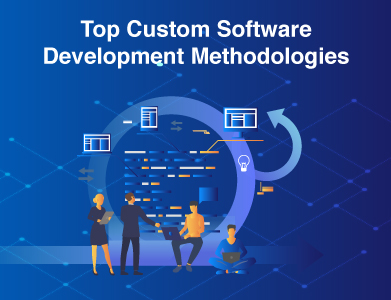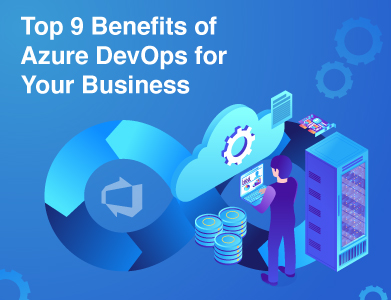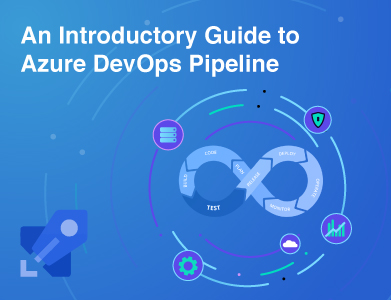Expertise
Over the years, the way businesses use computers has changed dramatically. Back in the day, computers were huge and took up entire rooms. Employees used simple terminals (just a screen and keyboard) to connect to a powerful central computer.
As technology advanced, personal computers came into play, giving each employee all the processing power they needed at their desks. Today, we've come full circle with cloud computing—our computers now connect to the cloud, where remote servers handle most of the data for us. At the same time, local devices still have their own power, which is referred to as edge computing. Together, these technologies can help businesses work more efficiently.
So, what are cloud and edge computing, and when should you use each one? Let’s break it down.
What is Cloud Computing?
Cloud computing means storing your data and running applications over the internet instead of on your local computer or servers. You can access these from anywhere, which makes it great for remote teams or businesses with multiple locations.
How Does Cloud Computing Work?
Cloud consulting services are provided by companies that have large, powerful data centers. When you need to use a service, whether it’s storing files, running software, or using an app, you connect to their servers over the internet. The cloud provider takes care of the rest, giving you access to all the resources you need.
Benefits of Cloud Computing
- Work from Anywhere: Your team can access data and applications from any device with internet access.
- Lower Costs: You don’t have to spend money on expensive hardware or maintain servers.
- Reliable Service: If one server goes down, your data is still safe because it’s stored across many servers.
Potential Drawbacks
- Internet Dependent: No internet, no cloud access.
- Data Speed Issues: Uploading or downloading large files can sometimes be slow.
- Security Concerns: Storing sensitive data on external servers can pose risks if not properly secured.
When Should You Use Cloud Computing?
Cloud computing is perfect for businesses that need flexibility, remote access, or don’t want to deal with managing their own servers. It’s ideal for companies with remote teams or those who regularly need to scale their operations without the hassle of buying new hardware.
What is Edge Computing?
Edge computing involves processing data closer to where it’s created on local devices rather than in a faraway data center. For example, if you're running a system that needs quick responses, like a machine in a factory or a smart device, edge computing allows the device to process some of the data right there, reducing delays.
How Does Edge Computing Work?
Edge computing uses local devices, like sensors or smart devices, to handle some of the computing work. These devices filter and prioritize data, sending only the most important or time-sensitive information back to the main servers. This reduces the amount of data that must be sent, reducing delays.
Benefits of Edge Computing
- Faster Response Times: Processing data locally speeds things up.
- Optimizes Network Usage: It reduces the need to send everything back and forth over the internet, which saves bandwidth and costs.
- Can Work Offline: Some edge systems can keep running even if they lose connection to the main server.
Potential Drawbacks
- Limited Power: Local devices usually don’t have the same processing power as big data centers.
- Network Issues: Sometimes, edge devices can struggle to stay connected with the main system, leading to delays in syncing data.
- Complex Setup: Managing many devices spread across different locations can be tricky.
When Should You Use Edge Computing?
Edge computing is ideal when speed is critical, like in healthcare, manufacturing, or any situation where real-time data is essential. For instance, a medical device that monitors a patient's vital signs can use edge computing to deliver real-time updates to doctors.
Cloud vs. Edge Computing: What’s Right for Your Business?
Both cloud computing and edge computing can leverage the use of containerized applications. Containers are essentially lightweight software packages that allow businesses to run applications smoothly across different environments. One key benefit is that they are not tied to any particular operating system, making them versatile across various platforms, whether in the cloud or at the edge.
The primary distinction between edge vs cloud containers is location. Edge containers are situated closer to the data source, which reduces response time. In contrast, cloud containers operate in data centers, typically far from where the data is collected.
For businesses already using containerized cloud solutions, extending these capabilities to the edge is straightforward. By deploying containers at the edge, organizations can enhance performance while minimizing delays.
In many cases, companies rely on cloud-native technologies to manage their edge AI operations. This is because edge AI data centers can be distributed across thousands of locations, often without on-site staff or robust physical security. As a result, edge AI systems need to be secure, resilient, and easy to manage, even at a large scale.
- Go for Cloud Computing when
- You need to store a lot of data and want your team to access it from anywhere.
- You’re running large-scale applications and need flexibility.
- You want a centralized place to manage your business data.
- Choose Edge Computing when:
- Your application needs super-fast response times, like in self-driving cars or real-time monitoring devices.
- You need to process important data locally to save bandwidth and costs.
- You’re using Internet of Things (IoT) devices and need them to work quickly and efficiently.
Learn How Cloud Computing and Edge Computing – A Hybrid Cloud Architecture Can Benefit Your Business
For many businesses, it makes sense to use both cloud and edge computing. This combination is called the edge-cloud continuum, where some data is processed locally (on the edge) while other tasks are handled in the cloud. For example, companies using smart devices can process real-time data locally, while storing less urgent data in the cloud for later use.
As David Linthicum, Chief Cloud Strategy Officer at Deloitte Consulting, puts it: “You can’t have an edge system without some kind of central processing. Many applications start in the cloud and then move to the edge. It’s a partnership where both, cloud and edge technologies work together.”
Final Thoughts
The right strategy for your business depends on your specific needs. If fast, real-time data processing is a priority, edge computing may be the answer. If you need scalability, flexibility, and cost efficiency, cloud computing might be the better fit. In many cases, a mix of both can offer the best results.
Looking to implement cloud or edge computing solutions for your business? Reach out to us, and we’ll help you find the perfect strategy to streamline operations and boost your performance.











